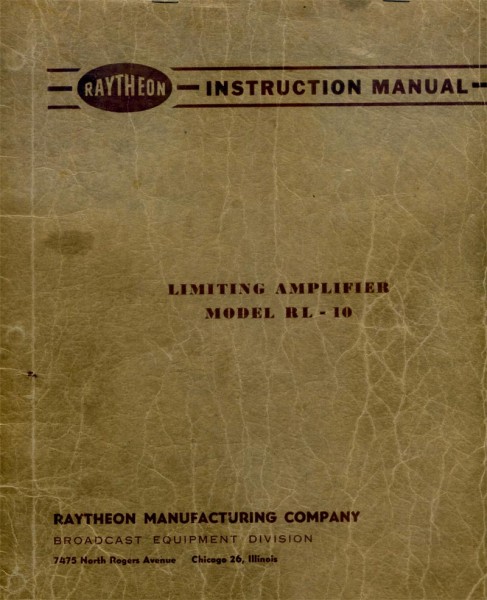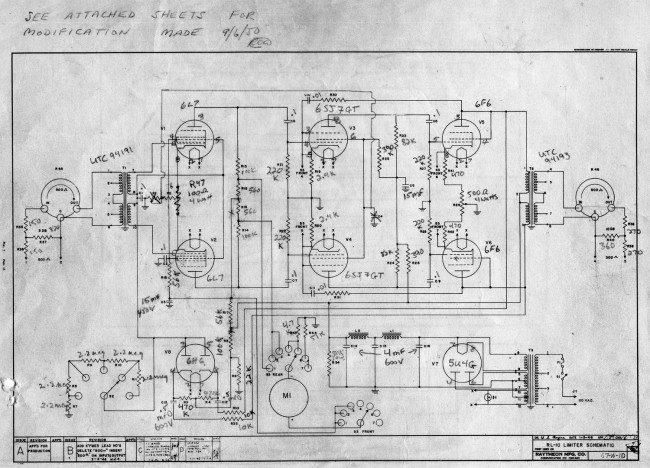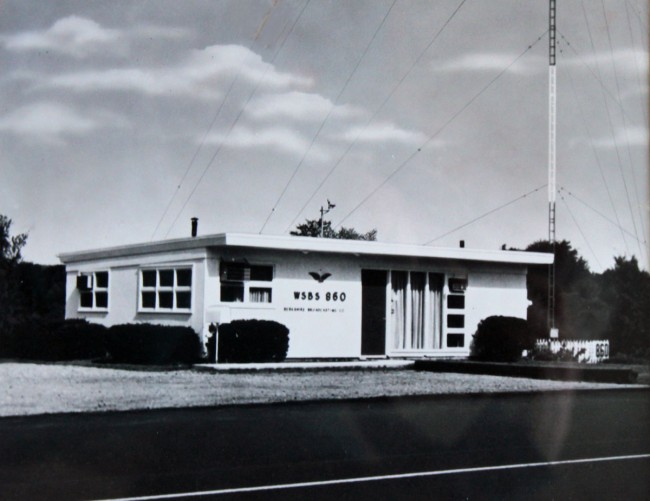I found this interesting article on the inter-tubes the other day and thought that I would share it. It is about a disused site from the Soviet era Troposcatter communication system called “SEVER.” There are many more pictures of equipment including MUX, transmitters, antennas, buildings, etc, at that link.
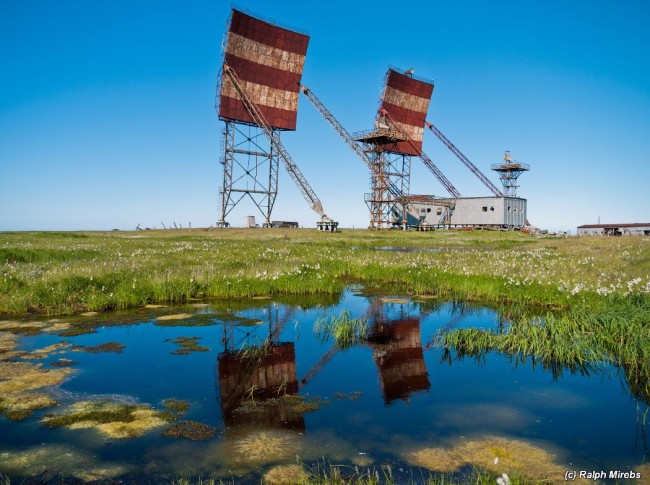
Like many of its counterparts in the US, this system has quite a bit of information available, including an interesting blog and associated web site which has lots of interesting information. Some of it is in Russian, which mine is a little bit rusty, but here is what I could find out:
This is site 6/60, call sign Poloska and is located in Amderma, Nenets Autonomous okrug. That is way up north along the Barents Sea. This site was in use from about 1965 until 2001 when it was closed down. It communicated with site 5/60, which was 264 km away.
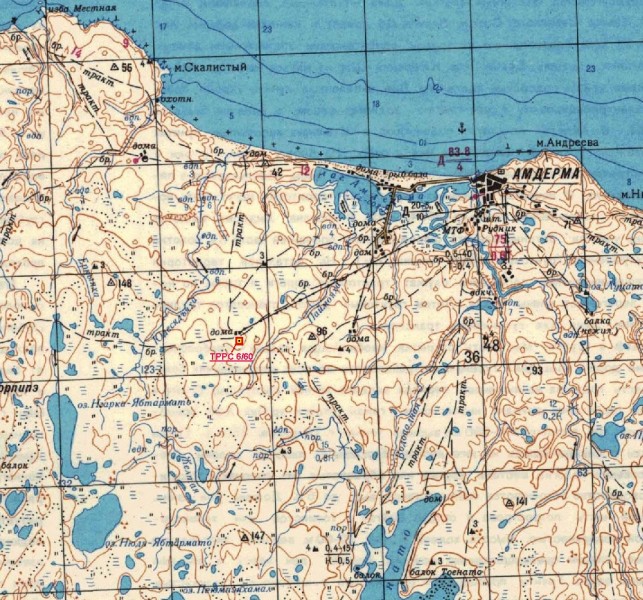
Troposcatter was used widely before satellites came into availability. It used decimeter wavelengths (approximately 2 GHz) and lots of power with very high gain antennas. Basically, the earth and the troposphere were used as reflectors, creating a type of duct. It is noted the SEVER and the GOREEZONT (HORIZONT) systems used both space and frequency diversity as a part of their system. Frequency diversity means that there were as many as five identical signals transmitted on different frequencies at the same time. Space diversity means that two or more transmit and receive antennas were used, as can be seen in the picture. This site was run by the military but would have likely carried civilian communications as well.
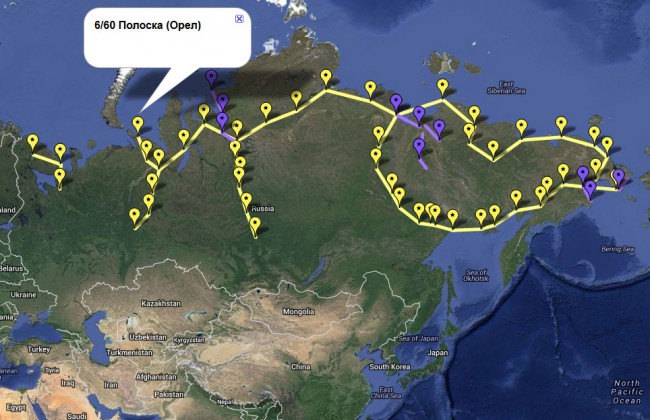
Basically, it was a way to maintain communications across vast distances when wired or microwave systems were not practical or possible. The US used such systems on the DEW line and across the Pacific Ocean between Hawaii and Okinawa. I remember the big Troposcatter dishes up on the hill behind the Navy housing area above Agana.
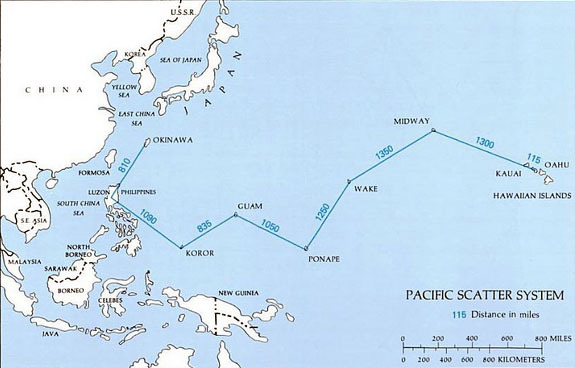
These systems were massive and expensive to build, operate and maintain. From the looks of the pictures, site 6/60 generated all of its electricity with diesel generator sets. Fiber optic cable is an improvement of several orders of magnitude over this technology.
It is always interesting to see how things used to be done and give thanks to those that went along before us. Last night I was grumbling about the network latency when watching a youtube video. It was terrible, but in retrospect, not really that bad.

